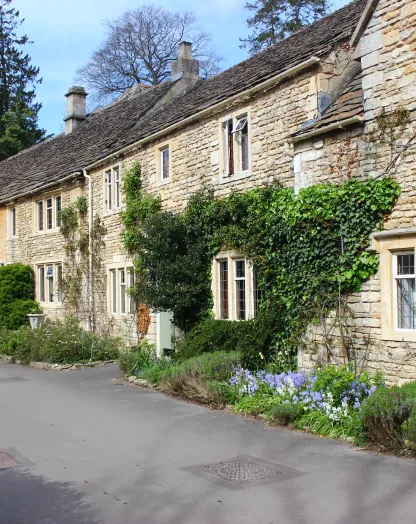M.F. Husain: Master of Modern Indian Painting
The Victoria & Albert Museum has launched a major exhibition presenting, for the first time, the final series of works by the late Indian artist M.F. Husain. The Indian Civilisation series is made up of eight triptychs that were commissioned by Usha Mittal, wife of the Indian steel magnate Lakshmi, to capture the rich and complex history of this most fascinating continent.
Husain ironically produced these large and colourful paintings living in exile in London, though this was out of necessity rather than choice. While he had endured the denouncements made against his portrayal of deities in the nude throughout his long career, the death threats made against him and his family had flared up again.
He left in 2006, dismayed, heartbroken even, that he could no longer remain in his country of birth. If he didn’t seem bitter about his circumstances, it was because he knew how complicated modern India is. She remains a nation still waiting to fulfil her destiny.
The paintings are, against expectation then, far from plaintive. Executed in his matchless style, they present Husain’s personal take on India. Each panel focuses on a particular theme, which would have, if completed in its entirety, resulted in a “museum without walls”.
It had been his intention to have delivered 96 panels in total. However, we can only imagine what this may have looked like – in 2011, at the age of 95, while still very much engaged in his work, Husain died of a heart attack.
No-one had expected it, despite his age and the fact that he had a respiratory problem. Speaking to the Financial Times, Usha recalled visiting him in hospital the day before he passed away: “He was talking about what he was going to paint next, and I could see the enthusiasm and happiness as he was thinking about it.”
What we are left with then are the vestiges of a grand project and though it compels us to seek out more – thematically that is – we have enough to imagine the rest and, in doing so, explore our own vision of the subcontinent.
Indian Civilisation begins with the Hindu deity Ganesha, patron of the arts and sciences. Husain renders him as we see him – a four-armed man with an Elephant’s head. In this instance though, he can be seen holding an ancient terracotta goddess.
This is followed by Three Dynasties, which “places the ancient Mauryan civilisation centrally between two invading rulers, the Muslim Mughal dynasty (1525-1857) and the British Raj (1858-1947)”, the V&A explains.
Other themes include the colour and spirit of Traditional Indian Festivals, the generational and rudimentary arrangements of Indian Households and the disparities of movement across a huge country in Modest of Transport.
“They mix traditional mythological stories with scenes of everyday life, as if they were inseparable,” comments the Financial Times’ arts writer Peter Aspden.
“The paintings’ flatness of plane, a technique he had acquired early in his life from the study of European modernism, serves his subjects well. Deities and citizens alike float in the air, in a sprawling carnival that refuses to distinguish between the tribulations of daily survival and the fantastical flights of the make believe.”
M.F. Husain: Master of Modern Indian Painting at the V&A in London runs until July 27th.
Cadogan Tate, experts in fine art shipping, works with museums, galleries and artists to deliver secure art storage solutions.



